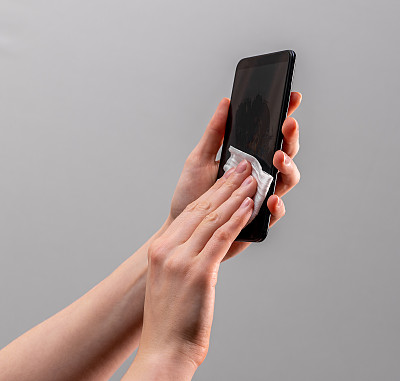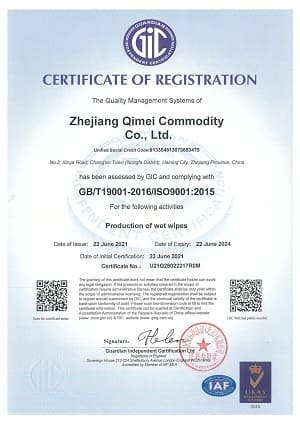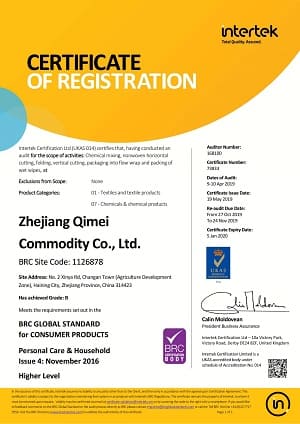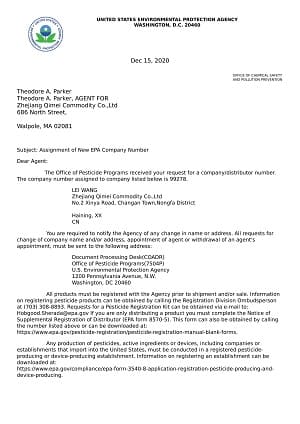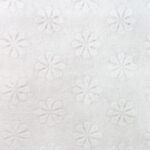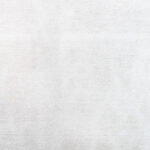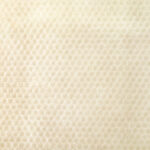Type de tissu tissé Spunlace : polyester, mélange de poly-viscose, fibre de bambou, pâte de bois (jetable dans les toilettes), coton ou fibre de soja (biodégradable)
Plat ou texturé (votre propre LOGO est disponible)
Grammage: 30-80gsm
1/10/30/80/100/120/160 pièces/paquet
The most common size of intimate wipes is around 5 inches by 7 inches;
6 inches by 8 inches;7 inches by 9 inches;8 inches by 10 inches. This size is convenient for single-use and provides enough surface area to clean and freshen the external genital area. However, some intimate wipes may be smaller or larger than this standard size to cater to specific preferences or needs of consumers.
1. Sac refermable en plastique : Il s'agit du type d'emballage de lingettes humides le plus courant. Il est fait de plastique et possède une bande refermable sur le dessus pour garder les lingettes fraîches et humides.
2. Conteneur à couvercle rabattable : Ce type d'emballage consiste en un contenant en plastique avec un couvercle rabattable qui peut être ouvert et fermé pour accéder aux lingettes.
3. Emballage souple avec couvercle rabattable en plastique : Semblable au récipient à couvercle rabattable, cet emballage est livré dans un emballage souple et possède un couvercle rabattable en plastique pour un accès facile.
4. Distributeur pop-up : Ce type d'emballage est doté d'un mécanisme de distribution pop-up qui sort une lingette à la fois.
5. Pack de voyage : Un petit emballage conçu pour une utilisation en déplacement, il est souvent livré avec une fermeture à pression en plastique.
6. Emballage à usage unique : ces lingettes humides sont présentées dans de petits paquets scellés, pratiques pour les voyages ou les activités de plein air.
7. Sac de recharge : cet emballage de plus grande taille est conçu pour remplir d'autres contenants de lingettes humides et a généralement une ouverture refermable.
Isopropyl alcohol: This is a common cleaning agent that is effective at removing dirt and grime from electronic devices without damaging them.
Deionized water: This is water that has had its mineral ions removed, making it a highly purified form of water that is safe to use on electronics.
Non-ionic surfactants: These are cleaning agents that help to break down and remove dirt and grime from electronic devices.
Antistatic agents: These are chemicals that help to prevent static buildup on electronic devices, which can attract dust and other contaminants.The exact formulation and concentration of these ingredients may differ depending on the intended use of the wipe and the specific electronic device being cleaned.
ISO certification: ISO certification is a set of standards for quality management systems that are internationally recognized. Obtaining ISO certification can help demonstrate that the manufacturing process is of high quality and meets global standards.
Restriction of Hazardous Substances (RoHS) certification: This is a certificate that indicates that the electronic wipes are free of hazardous substances such as lead, mercury, and cadmium. The RoHS certification is required in many countries and regions, including the European Union.
Registration, Evaluation, Authorization, and Restriction of Chemicals (REACH) compliance: REACH is a regulation in the European Union that addresses the production and use of chemical substances, including those used in the production of electronic wipes. Compliance with REACH is required for companies that manufacture and/or import chemicals into the EU.
Good Manufacturing Practice (GMP) certification: This is a certificate that ensures that the manufacturing process follows a set of quality control procedures that are designed to ensure the safety, purity, and effectiveness of the product.
